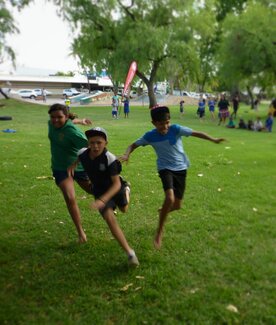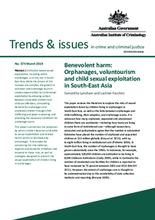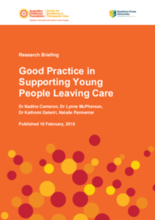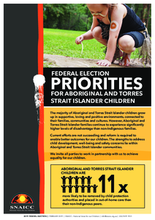

Displaying 311 - 320 of 674
This paper reports a qualitative study of parents' experiences of participating in an Australian adapted trial of the Strengthening Families Program (SFP).
To explore the viability of positive youth development for youth in care, this observational study investigated whether participation in a summer camp-based reunification program for siblings separated by foster care in the US and Australia called Camp To Belong influenced youth resilience, a critical protective mechanism for maltreated youth.
Drawing on in-depth interviews with fifteen community workers, who represent nine agencies assisting families with child protection issues in a small jurisdiction in Australia, the authors of this article show how the stigma attached to ‘bad’ parents is passed on to the community workers who are supporting them.
This paper summarises the processes by which children become vulnerable to sexual exploitation and related harms within or facilitated by orphanages.
The present article reports findings of a narrative review of self- and carer-report mental health data that addressed the research question: Do adolescents who reside in statutory out-of-home care (OOHC) systematically underreport their mental health difficulties in population studies?
"Indigenous newborns and babies less than one year old [in Western Australia] are being removed from their parents and placed into out-of-home care at increased rates," according to this article from the Guardian.
This research summary provides an overview of what young people leaving residential care in Australia need and how those working in residential care can best help young people prepare for independence.
This study will determine where disparities in child protection involvement exist among Aboriginal and non-Aboriginal children and characteristics associated with infant removals.
This brief from SNAICC – National Voice for our Children highlights the issue of the disproportional numbers of Aboriginal and Torres Strait Islander children in out-of-home care in Australia, which has reached "national crisis proportions," and outlines key steps that need to be taken to address this issue.
This article outlines the arguments made in recent litigation undertaken by the Public Interest Advocacy Centre (PIAC) on behalf of young people who requested access to legal audits conducted on their files by the New South Wales (NSW) Department of Family and Community Services (FACS).



